Let’s take a moment to look at the mesmerizing images from Voyager 1
In 1977, NASA launched two Voyager probes, equipped with golden records describing human accomplishment, on a mission to explore the farthest reaches of the solar system. Each record catalogued our music, our greetings, our art and photography.
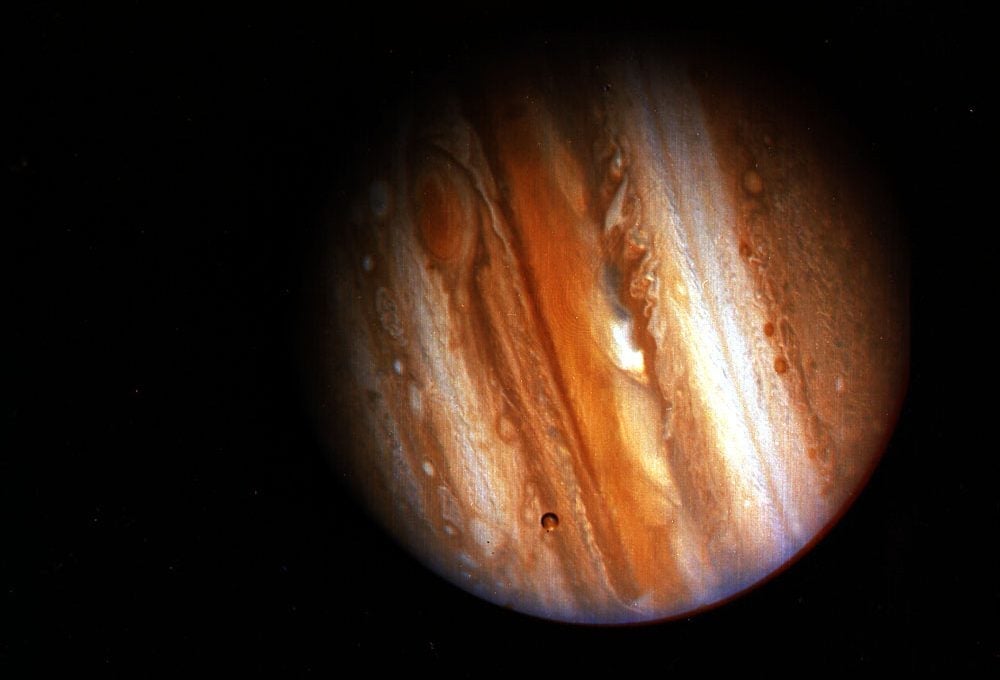

In 1977, NASA launched two Voyager probes, equipped with golden records describing human accomplishment, on a mission to explore the farthest reaches of the solar system. Each record catalogued our music, our greetings, our art and photography.
Forty years later, both spacecrafts are still hurtling through space, exploring parts of the universe where nothing from Earth has visited before. Voyager 1 is now in interstellar space, 13 billion miles away from Earth. Voyager 2 is passing through the heliosheath, the outermost layer of the heliosphere, before it, too, reaches interstellar space.
Last week, in an amazing feat of engineering, NASA engineers turned on Voyager 1’s backup thrusters after they’d been dormant for 37 years. The thrusters will help reorient the spacecraft’s antenna back to Earth, so we can receive its signal for just a little longer.
It’s a fine moment to reflect on the incredible images Voyager 1 has sent back over its lifetime. The probe gave us the first “portrait” of our solar system, and memorably mesmerizing shots of Saturn and Jupiter.
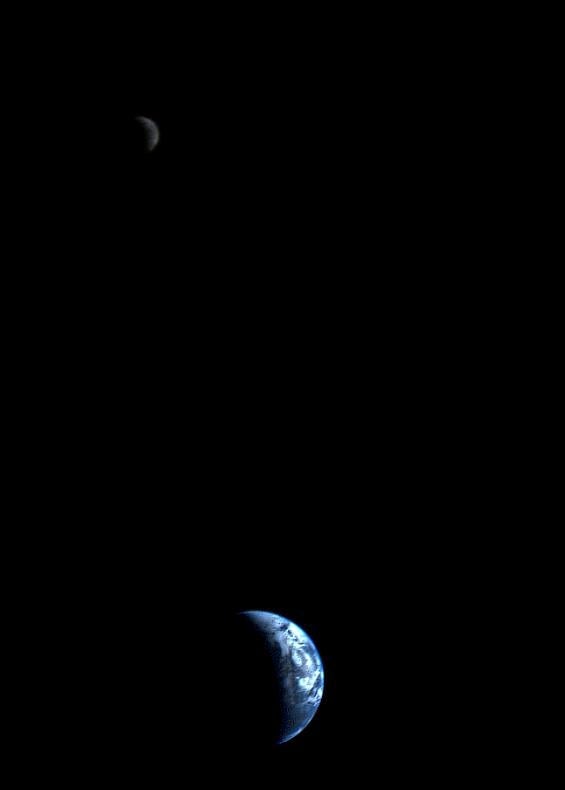
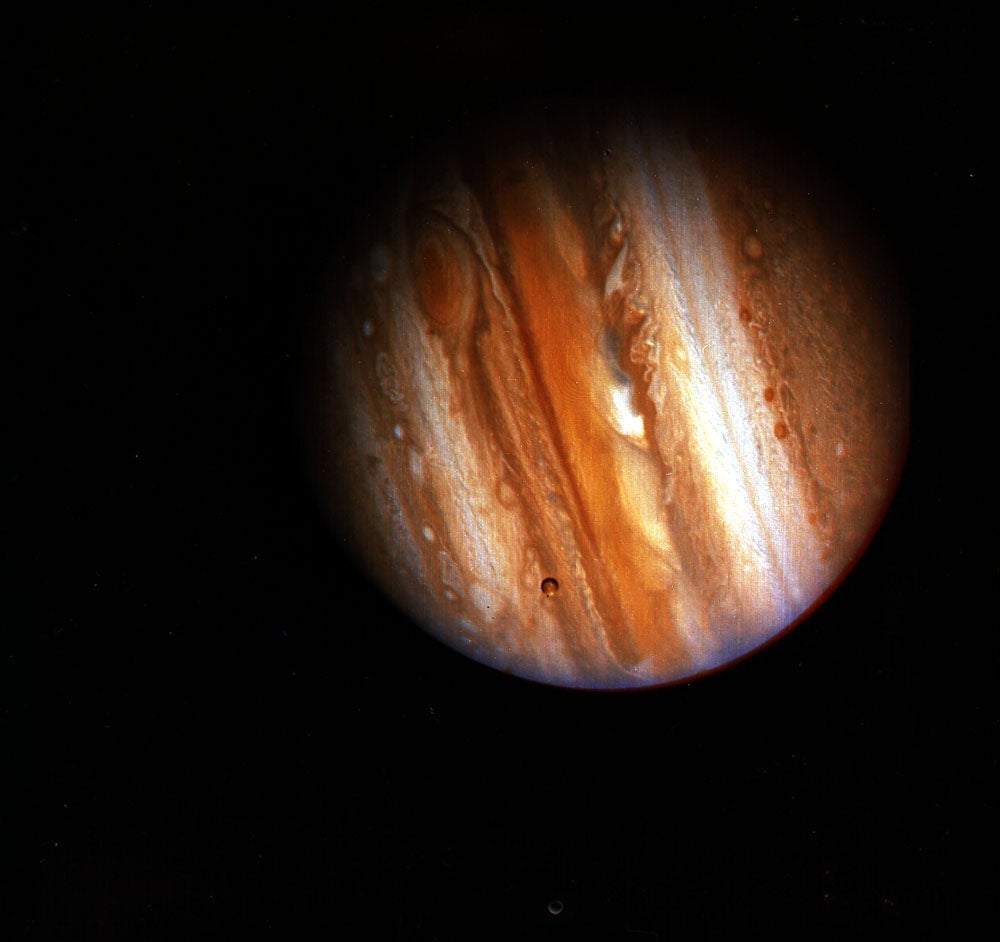
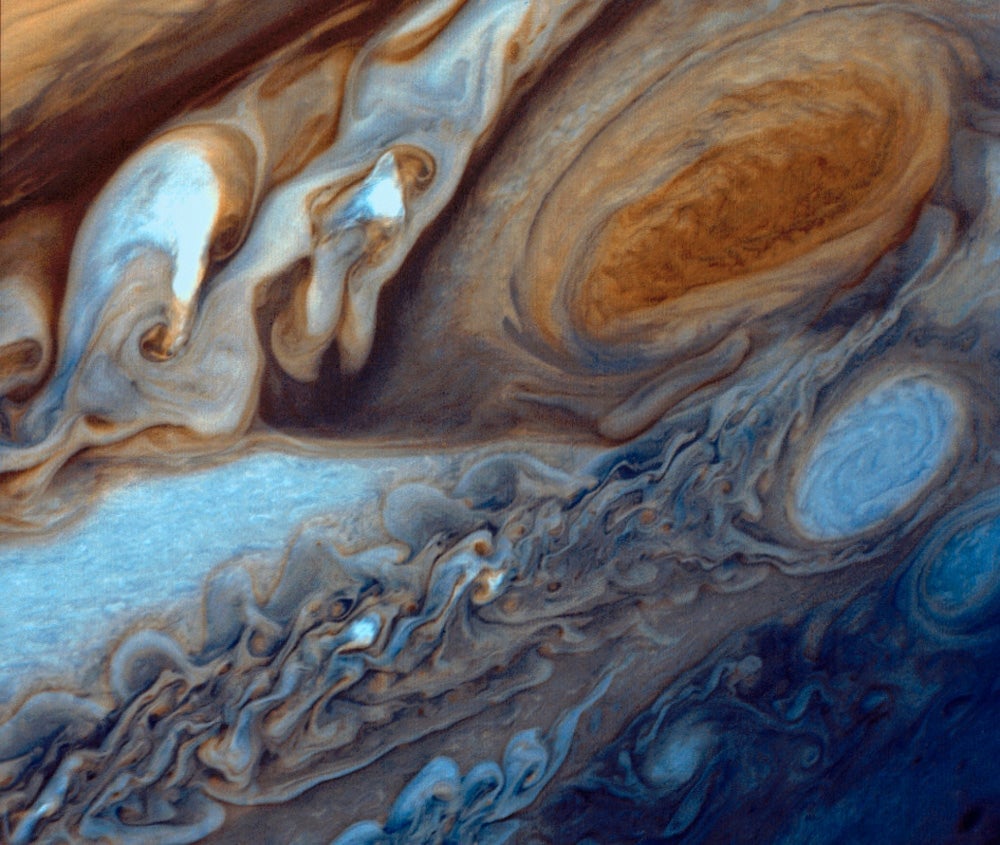
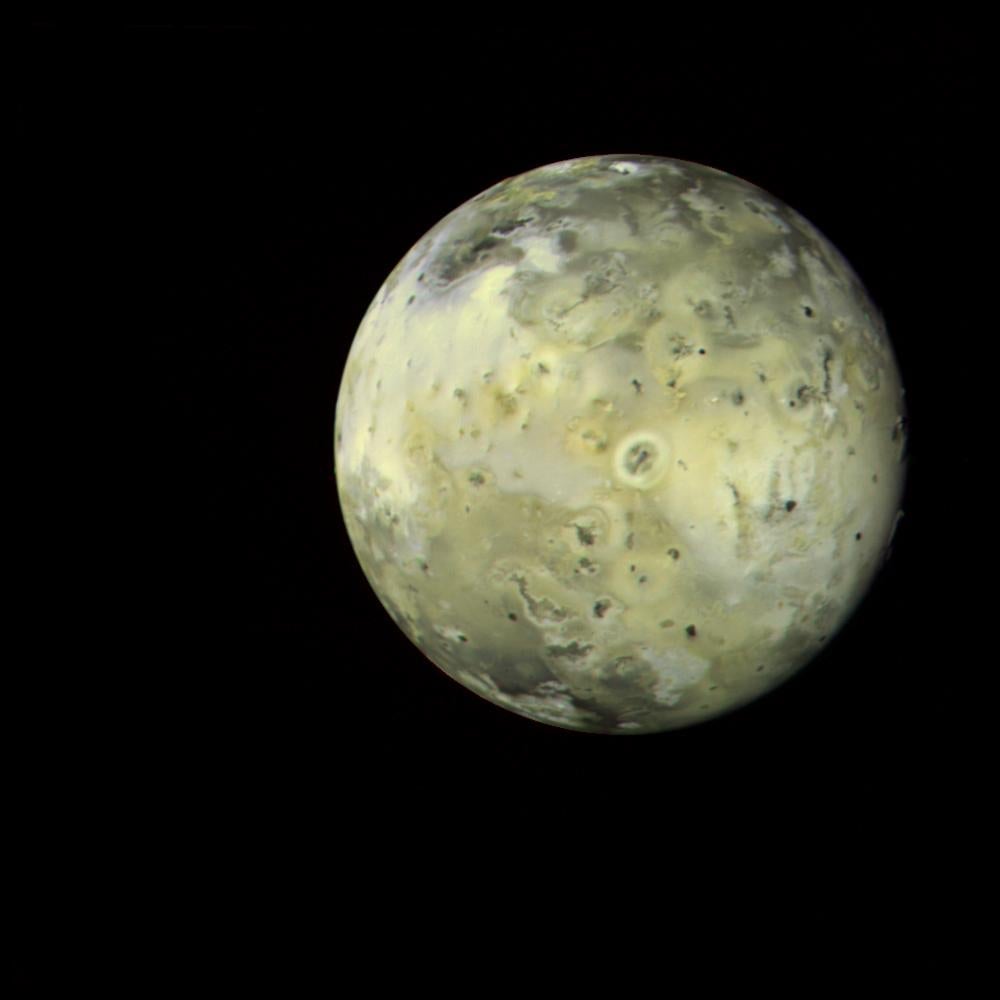
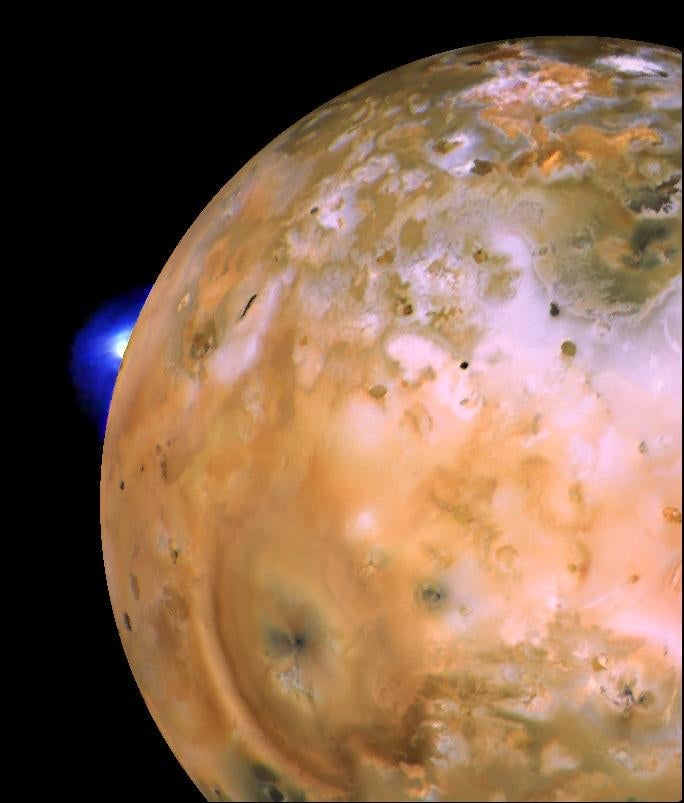
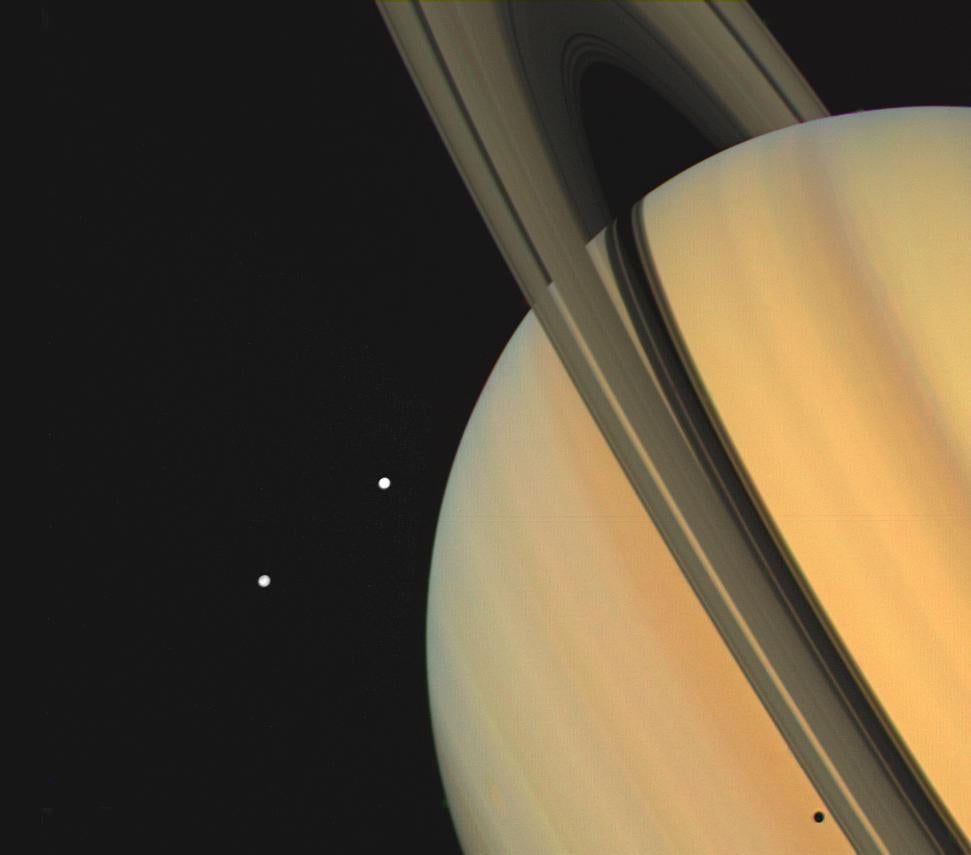
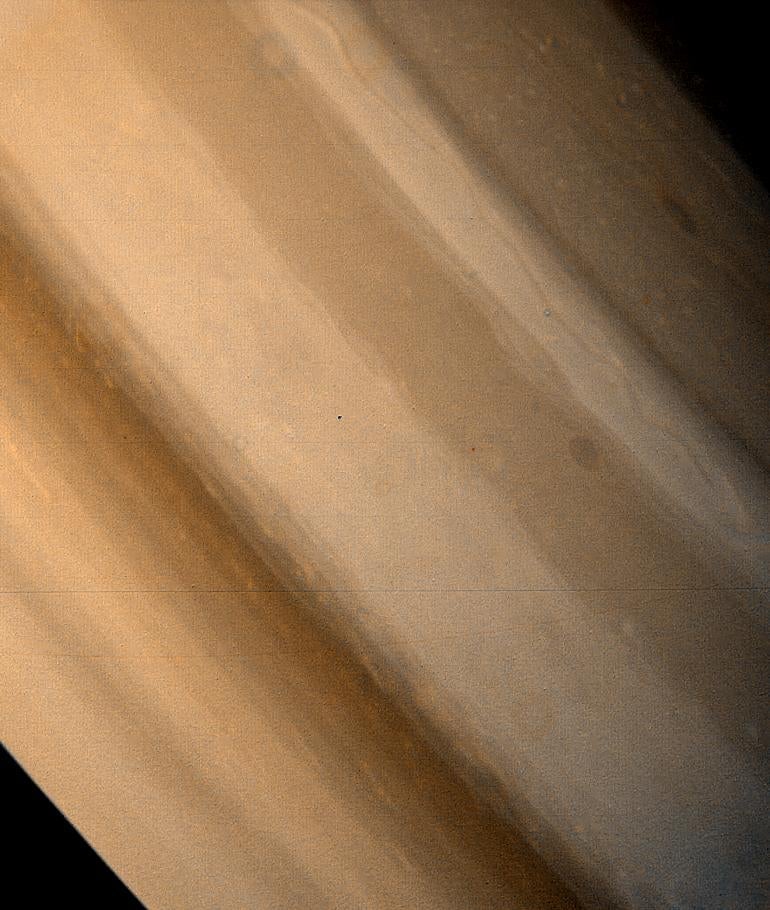

Watch NASA’s moving compilation of images from both Voyagers below: